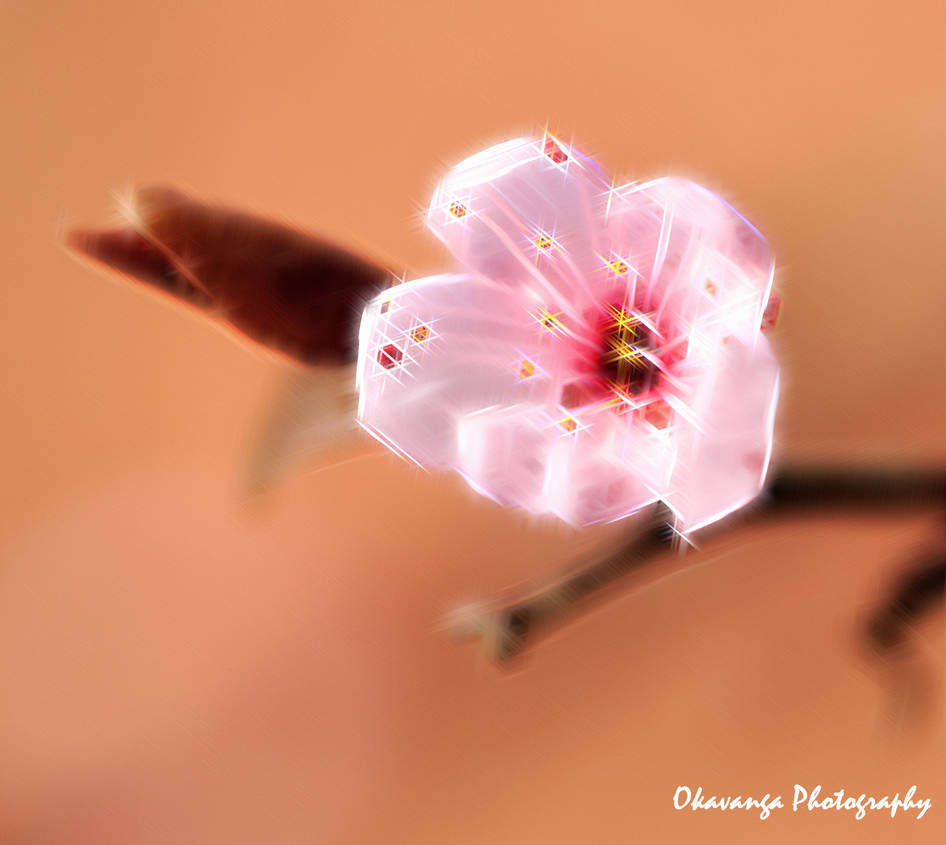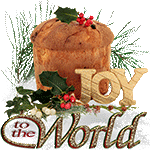Merry Christmas to one and all! Here's one of those wonderful animations from
KmyGraphic to enjoy.

I thought I'd take a break from presenting new photos, and have a sort of fun look at some things you can do in photo editing using the software known as The Gimp as a platform. The Gimp ==>
www.gimp.org/ is open source photo editing software (open source - free) that has been around for many a year, and it is the software that I used on a day-to-day basis before I switched to Lightroom a couple of years ago. The Gimp was never going to be able to compete with the commercial power of Adobe and some of the other photo editing software houses, but it remains one of the foremost platforms for development of filters and other software tools. In recent years, its capabilities have been extended by a remarkable project in Europe (mainly French) headed by one David Tschumperlé called G'MIC ==>
gmic.eu/ and
opensource.graphics/ also known as GMIC and GREYC's Magic for Image Computing. This software is available as a plugin for The Gimp and currently contains just short of 500 filters and applications and experimental transformations for images. While some of these have Photoshop counterparts most do not, and so this software opens up a huge range of digital manipulations for images, and all for free! This Feature shows you some possibilities.
Here is my test image, a fairly mundane flower shot taken to try to add a 3D effect by focusing on the stamens and having the petals slightly blurred. While not that good an image, it does provide a test bed for some of the GMIC effects. A very simple transformation, available in most if not all photo editing software is an inversion - Image 2. I've included this just to point out some simple mathematics to give you an idea about mathematical transformations. Each point (pixel) in the Inversion image has had the colour of the corresponding point in the original inverted, that is if the colour were represented by R=234, G=200, and B=167 (a pale ochre colour), its inversion is R=21, G=55, and B=88 (a dark steel blue). That is 255 minus the original values. Now, trust me, that is simple compared to what can be done, and I have no intention of explaining the maths behind the following examples, even if I could. I just want to emphasise that what you are about to see comes from arithmetical changes in a consistent manner to the original image data.
NB - Use a zoom or full screen option to examine the images; details become much more clear.


The third image shows a technique I know is familiar to some of you, for example my good friend
Placi. In the GMIC software it is known as the Rodilius transformation, and is the GMIC version of commercial software known as Fractalius ==>
www.redfieldplugins.com/filter…. The transform adds nice sparkly and streaky highlights to points in the original. There are several controls available to alter the number and size of the sparkles and streaks, so that you can adjust the effect to taste. The structure of the original is still clearly seen.

But, let's hit the big time with this metallic looking transformation, what GMIC calls Local Orientation, but it looks like a metal effect to me with some degree of embossing and a highly textured feel. All the photo manip people might want to explore this type of effect for backgrounds or for parts of larger canvases.

One of my favourites in the GMIC canon is the Inkwash transform, next image. This filter has a large number of controls, and enormous possibilities for creative use. The result is a contrasty monochrome with highly textured detail. Of course, there is nothing to stop you taking this image and blending it with other layers, and GMIC provides about twice as many blend options as any Photoshop software.

By why stick with monochrome when you can hit the heights with colour abstraction, next image? Again, there are lots of control sliders to play with to alter colours and shapes and so on. Note also that something is happening in the last couple examples that was not that apparent in our original. The background is starting to play a bigger role in the final image. This is because although it looks fairly bland in the original, the background contains subtle colour and brightness differences that many of these filters can exploit to dramatic effect.

Now to one of my all time favourites - the isophote transform, a simple example of which is shown below. An isophote is a type of contour, just like those you see on maps. However, instead of plotting points of equal height as you find on a map, isophotes connect points of equal luminance (brightness) in an image. Isophote images are made and used a great deal in astrophotography, and isophotes as regions of equal brightness show up in photographs of sunsets, sunrises, and sky in general, if you know how to look for them. Anyway, there is a GMIC transform that allows an image to be turned into contours of equal luminance, and in the example below you can see the contours, some widely spaced and some very tightly packed. The spaces between contours have been filled in with colour, although the filter lets you miss that option out if you want. I think this is one of the most underrated and underused transforms from an aesthetic point of view. The insight that it gives into the flow of light within an image is unique, and such flows do not necessarily conform to our perceptions.

Finally, two stunners that move us further away into deep mathematics. Those working with fractal images might want to pause and think about the potential for some of these filters, these two being prime examples of mathematical manipulations in a space that is not quite fractal space, but in a tangential universe. Now, how weird is the next image, Skeleton in the GMIC language. look closely and you will see that our original flower is there but outlined by curious straight, coloured lines, seemingly originating from random points within the image. With the black background, the image seems to be floating in the depths of space, a complex of strings taut and ready to be plucked in a celestial harmony.

A related transform is the last I want to show you, the so-called Stained Glass filter from GMIC. There are similar filters in some other software, but this one seems to me to be in a different league. And look how the tiny differences in the background of the original image have been exploited to give those wonderful coloured rays. While there are some controls that allow manipulation of this filter, there is not, as yet any way of altering the palette of colours that I can find, at least within the filter itself. You can, of course, create and image and alter the colours using other filters.

I think that is enough for now. I hope I have shown some examples of the aesthetic potential of some filters available via The Gimp and GMIC software, software that provides a wider platform for filter development than Adobe and other commercially available suite.
Once again, Merry Christmas and a Happy New Year to everyone, and here's another of
KmyGraphic's wonderful creations.

David aka
Okavanga 
This Journal Skin was designed by
Night-Beast modified by
Okavanga











